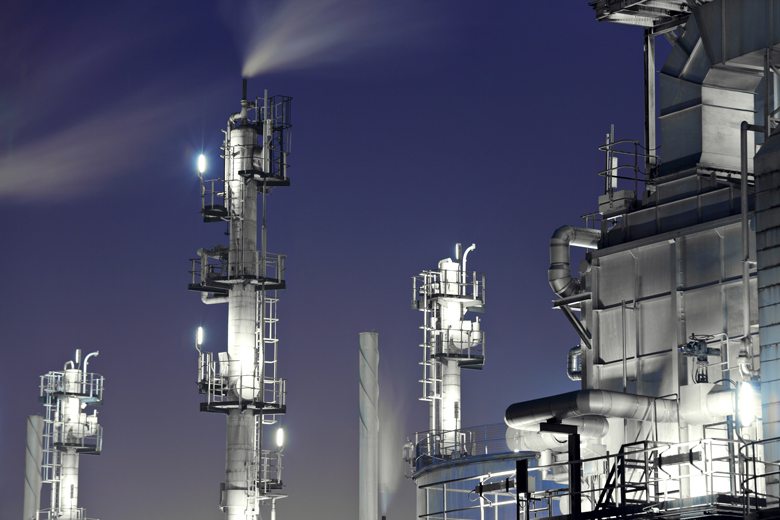

UAE puts expansion plans under state refining company after shelving previous aromatics scheme
Abu Dhabis ambitious expansion plans in the petrochemicals sector are starting to take shape after key contracts were awarded on a major project to produce aromatics.
When Abu Dhabi National Oil Company (Adnoc) announced last year that it planned to more than double petrochemicals capacity by 2025 it was difficult to see where this would be achieved.
MEED had revealed in July 2016 that Abu Dhabis only major standalone petrochemicals project, known as Tacaamol, had been put on hold after several setbacks since it was conceived in 2008.
Industry sources at the time said that the aromatics capacity planned in Tacaamol could be incorporated into another project at the Ruwais refinery, and Adnoc now appears to be going ahead with this plan.
Adnoc subsidiary Abu Dhabi Oil Refining Company (Takreer) has awarded two contracts on the new Gasoline and Aromatic Project (GAP). The front-end engineering & design (feed) study was awarded to UK-based Amec Foster Wheeler, while Frances Axens picked up the deal to supply process licence technologies.
US-based Jacobs Engineering was awarded the project management consultancy (PMC) for the feed phase, which is expected to be completed in January 2018.
GAP is planned to add 4.2 million tonnes a year (t/y) of gasoline capacity and 1.6 million t/y of aromatics capacity to the Ruwais site. New facilities will include light and heavy naphtha hydrotreaters units, light naphtha isomerisation units, two heavy naphtha reformer units, an aromatics extraction unit and paraxylene and benzene production units.
The 1.6 million t/y of new paraxylene and benzene capacity is smaller than the 1.9 million t/y that had been planned under Tacaamol, but roughly replaces the previous plans with an added gasoline element to the project.
Abu Dhabi aims to increase petrochemicals capacity to 11.4 million t/y by 2025 from 4.5 million t/y in 2016 and the addition of the GAP aromatics would only give it 5.6 million t/y at completion.
This leaves Adnoc and its associated companies with 5.8 million t/y worth of additional capacity to meet the target. It is unclear whether new projects will be linked to refining and naphtha feedstock or a further expansion phase at the UAEs largest petrochemical producer Borouge.
Borouge, which used ethane gas feedstock to produce polyolefin plastics, has faced barriers to expansion plans in recent years due to the difficult of receiving a gas allocation. Gas is in relatively short supply with the UAE having been a net importer since 2007.
The UAE may opt for a new mixed-feed cracker under Borouge, combining ethane and naphtha to produce a wider range of products, as has been pursued in neighbouring Saudi Arabia.
Sadara Chemical Company, the joint venture of Saudi Aramco and US-based Dow Chemical Company, has invested $20bn to create 3 million t/y of capacity. The UAE could require an even larger investment to meet its 2025 target.
You might also like...

Rainmaking in the world economy
19 April 2024

Oman receives Madha industrial city tender prices
19 April 2024

Neom seeks to raise funds in $1.3bn sukuk sale
19 April 2024

Saudi firm advances Neutral Zone real estate plans
19 April 2024
A MEED Subscription...
Subscribe or upgrade your current MEED.com package to support your strategic planning with the MENA region’s best source of business information. Proceed to our online shop below to find out more about the features in each package.







